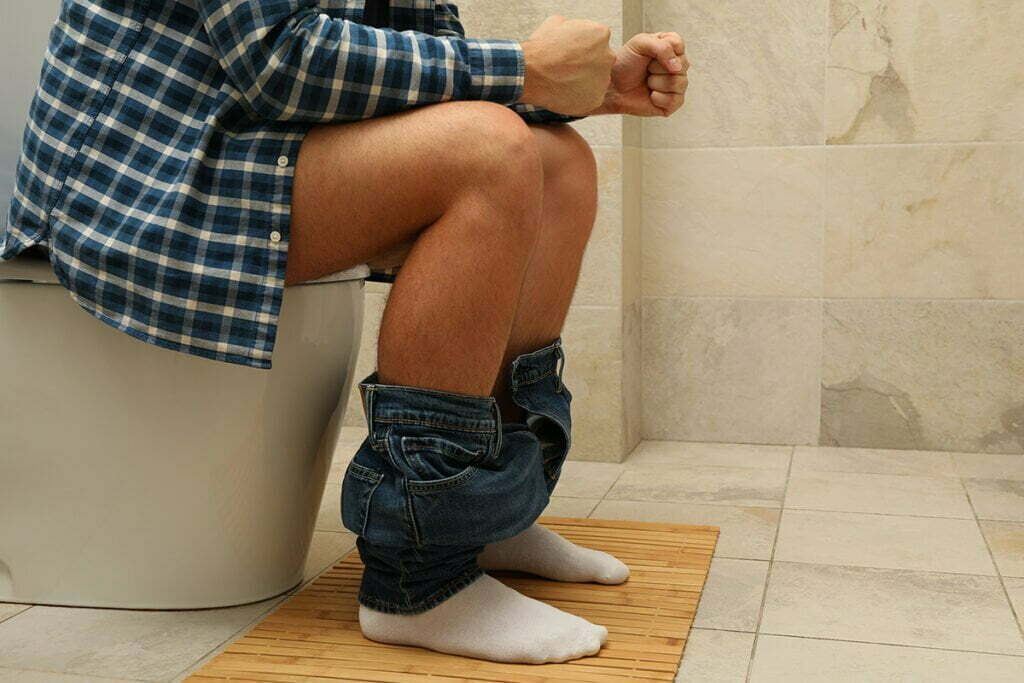
Anal Fissure is the fractures that occurs in the anus canal and continues until the part that opens to the outside. In general, it is known that ruptures occur due to the trauma caused by a hard stool in the anus canal during the exit or the increase in pressure due to prolonged straining.
Although constipation is the most common cause, it can also be seen in people who do not experience constipation. If the muscle layer that works out of control and keeps the anus canal closed is more tight than normal, anal fissure may occur, even if there is no constipation.
In addition, the fact that anus cracks are often on the posterior wall of the anus shows that in some people, this area is poorly nourished in terms of blood circulation, and during straining, the vessels shrink even more, thereby reducing blood supply and crack becomes easier.
Anal fissure is very common among anal disorders and is common of young adults. The most likely causes;
The most common symptom is pain in the rectum. During defecation, a pain described as , glass cut tearing is felt.
Most of the patients delay defecation in order not to experience this pain, and the stool that is waiting inside gradually hardens and it becomes much more painful to pass out, and the it enters a vicious circle in this way. If this continues for more than 6 weeks, it becomes chronic and the pain decreases somewhat.
Another complaint is rectal bleeding. It is in small amount, bright red in color and seen at the end of defecation. Some patients also complain of itching. Due to the secretions from the torn area, a feeling of wetness and itching are seen.
Depending on the chronic anal fissure, there may be a small palpable bulge on the outside of the anus (skin tag = hypertrophic papilla). It is a skin extension that grows gradually due to the tear trying to heal on its own. It is an indication that the event is old and has become chronic. When it is very advanced, it can also cause stenosis in the anus.
It is possible to easily diagnose with the patient’s history and examination.
In the anal examination performed while on the knees and elbows, a cut-like fissure line is observed, extending inward, usually on the side of the breech facing the coccyx. Rectal touching is not done during the examination, as there is spasm in the anus muscles due to pain.
If more than one tear is seen around the anus during the examination, further examination should be performed in order not to miss an underlying disease (Cancer, HIV, tuberculosis, Chron, Ulcerative colitis…).

In patients presenting with anal fissure, first of all, lifestyle changes, relief of constipation, fiber-rich diet and treatment with some medications are tried.
Despite these, botox can be applied to patients whose complaints continue.
Thanks to the botulinum toxin, the spasm on the rectal muscle, which is the cause of the event, is relieved, and the muscle is relaxed, thus facilitating defecation.
However, its effectiveness is maximum 5-6 months and needs to be repeated. In this way, about 70% of the patients are relieved.
The disadvantage of the method is that temporary gas and stool incontinence can be experienced due to the relaxation of the muscle.
Surgical treatment in anal fissure is offered to the patient as a last option for us. The lateral internal sphincterotomy procedure is performed in patients whose complaints persist despite medical treatments and lifestyle changes and who have pain enough to give up defecation.
The muscle, which is in spasm in the inner part of the breech canal, is cut. The procedure is short-lived and is performed under general or spinal anesthesia.
The information, images and comments on the surgical operations mentioned on this website are for informational purposes only. The decision on diagnosis, treatment and follow-up methods will be made by the doctor.